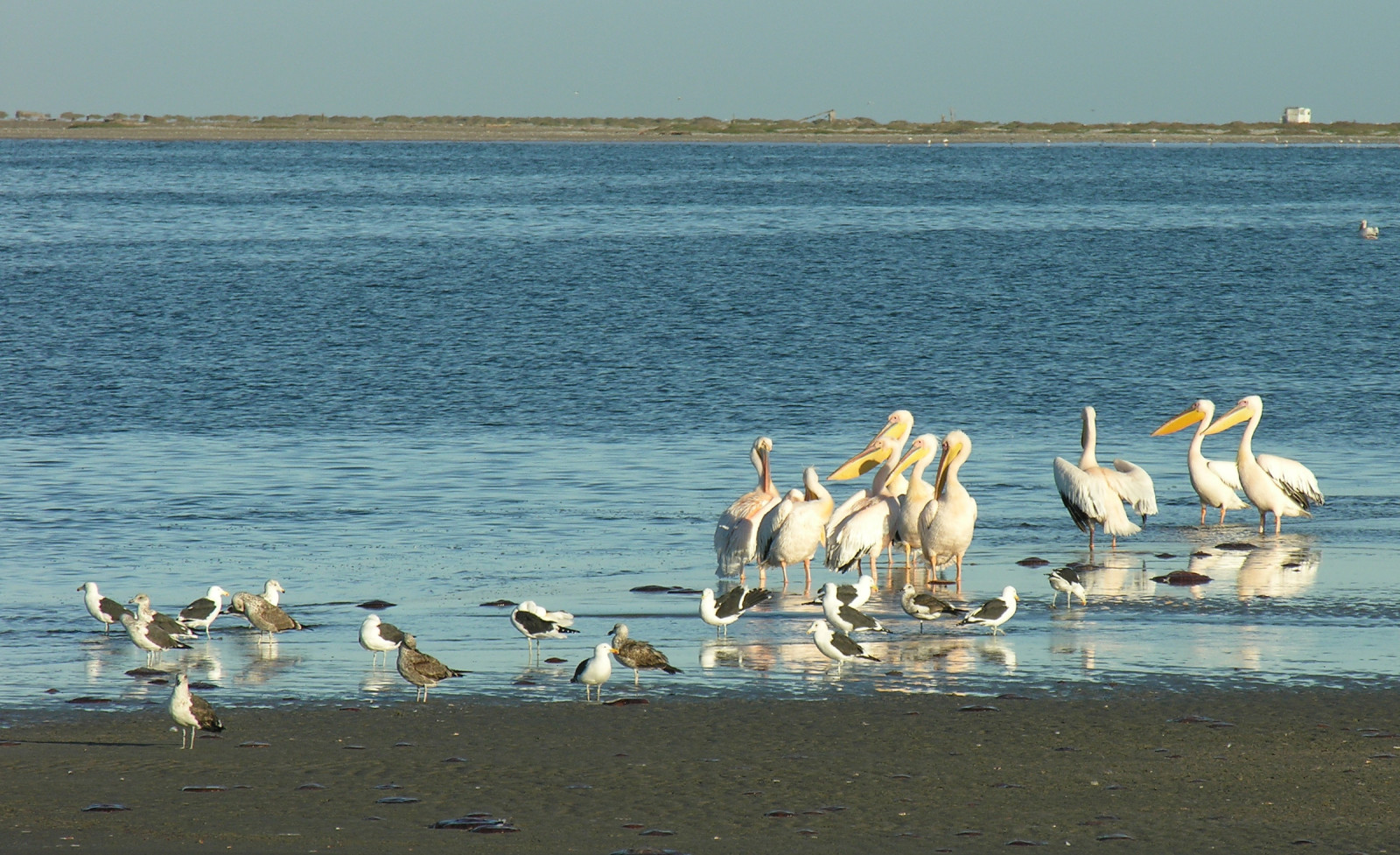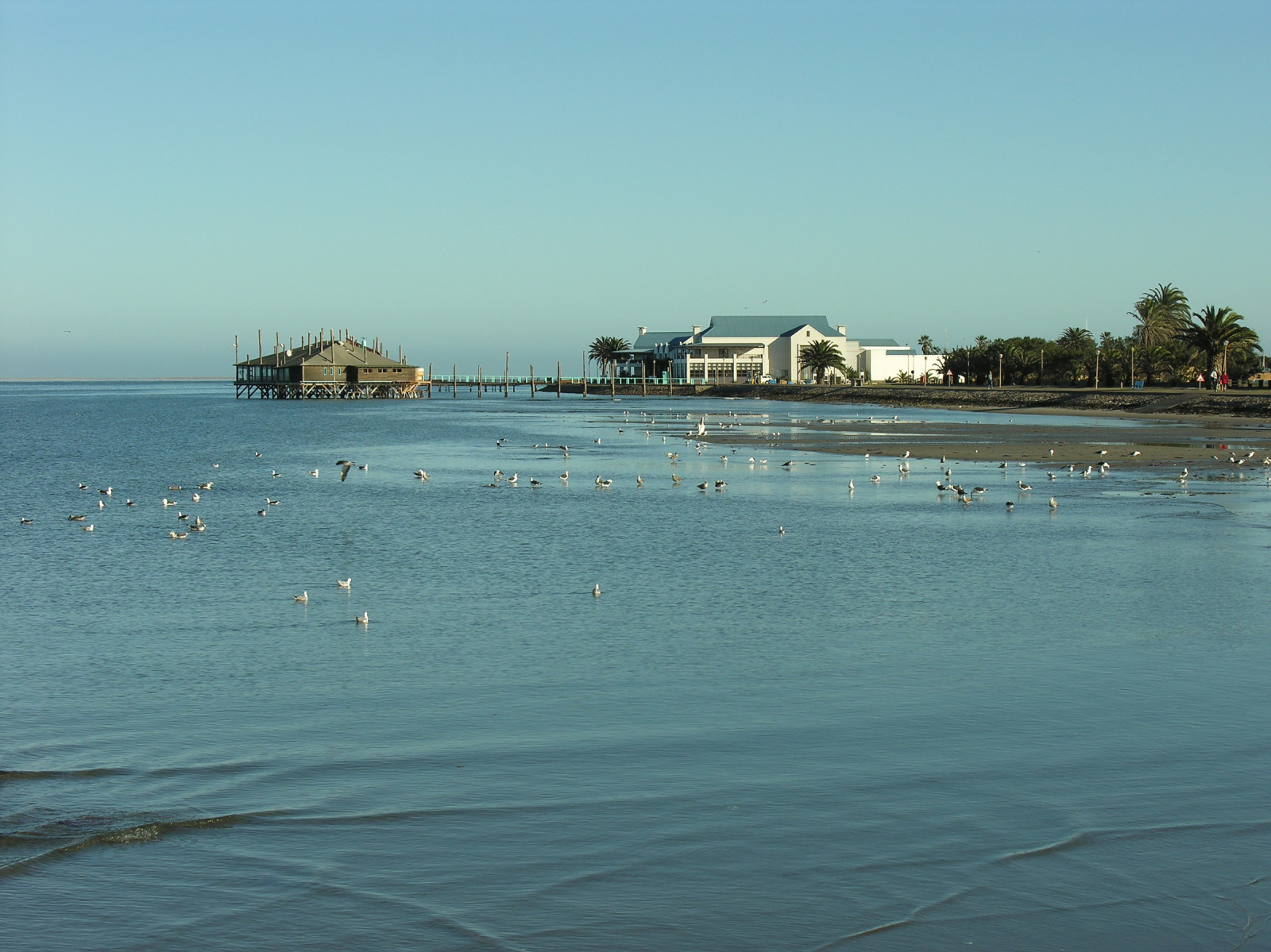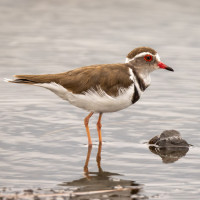Opis
Walvis Bay is Namibia's main seaport and located between the mouths of the Swakop and Kuiseb rivers on the Atlantic Ocean. On the south side of Walvis Bay is a great lagoon that attracts tens of thousands of birds, including many flamingos. The lagoon, salt pans and the bird sanctuary which form the Walvis Bay Wetlands are one of the most important coastal wetlands of southern Africa. Over 150,000 migrant birds spend the summer months in Walvis Bay and non-breeding palearctic, and intra-African species dominate. Possible sightings include over 150 species of bird that have been recorded in this region. You can see Greater Flamingo, Lesser Flamingo, Great White Pelican, Chestnut-banded Plover, African Oystercatcher, Cape Teal and Black-necked Grebe. But also European and northern Siberian migrants that travel between 10 000 and 14 000 kilometres to reach Walvis Bay each year. These long-distance travellers consist of Curlew Sandpiper, Sanderling, Grey Plover, Ruddy Turnstone, Little Stint, Marsh Sandpiper and Red Knot, Common Tern, Sandwich Tern, Caspian Tern and Black Tern.
Szczegóły
Dostęp
From the town you can walk the Lagoon Promenade or when you have your own transport you can venture out further along the lagoon (see the map). You can also choose one of the various organized tours.



